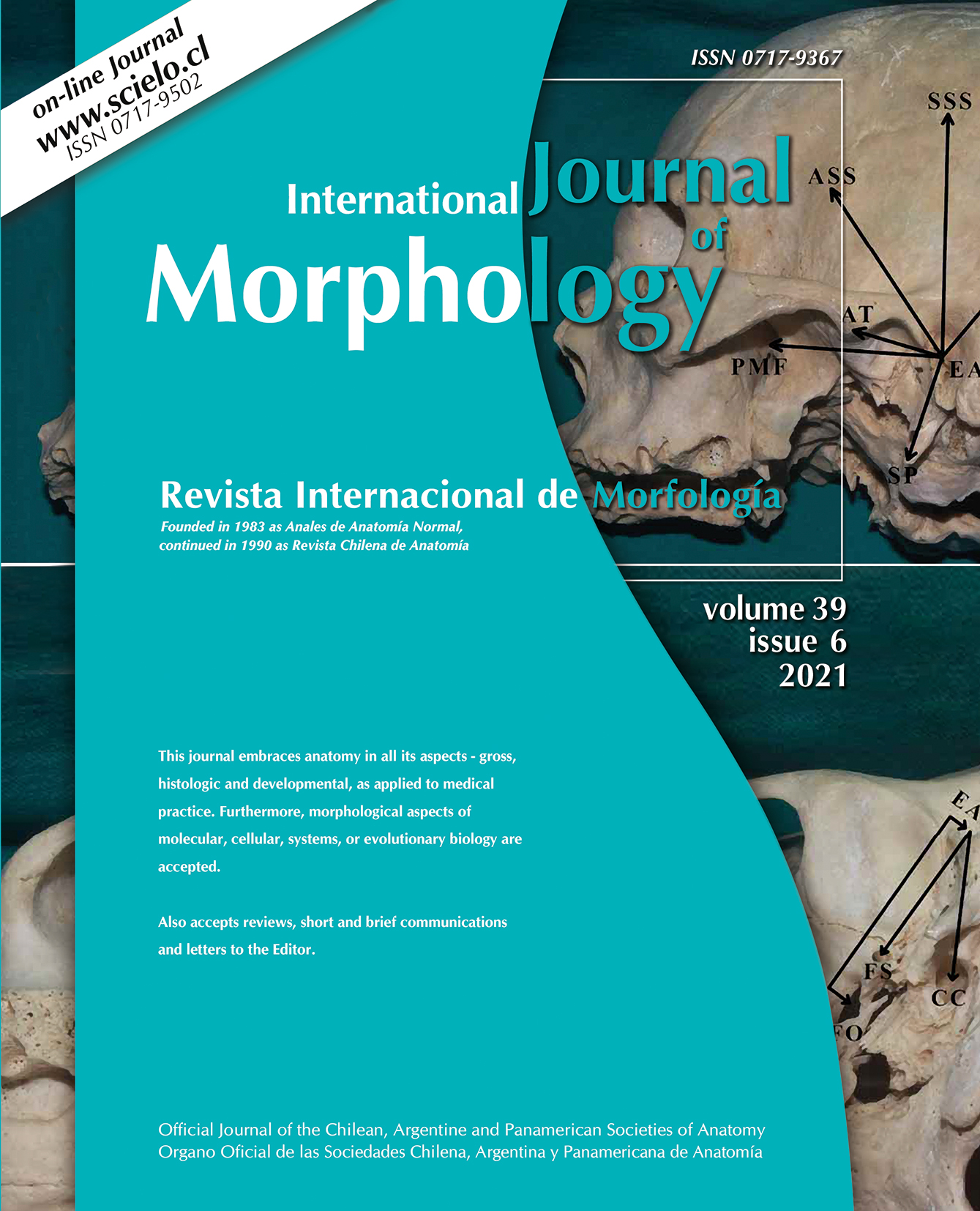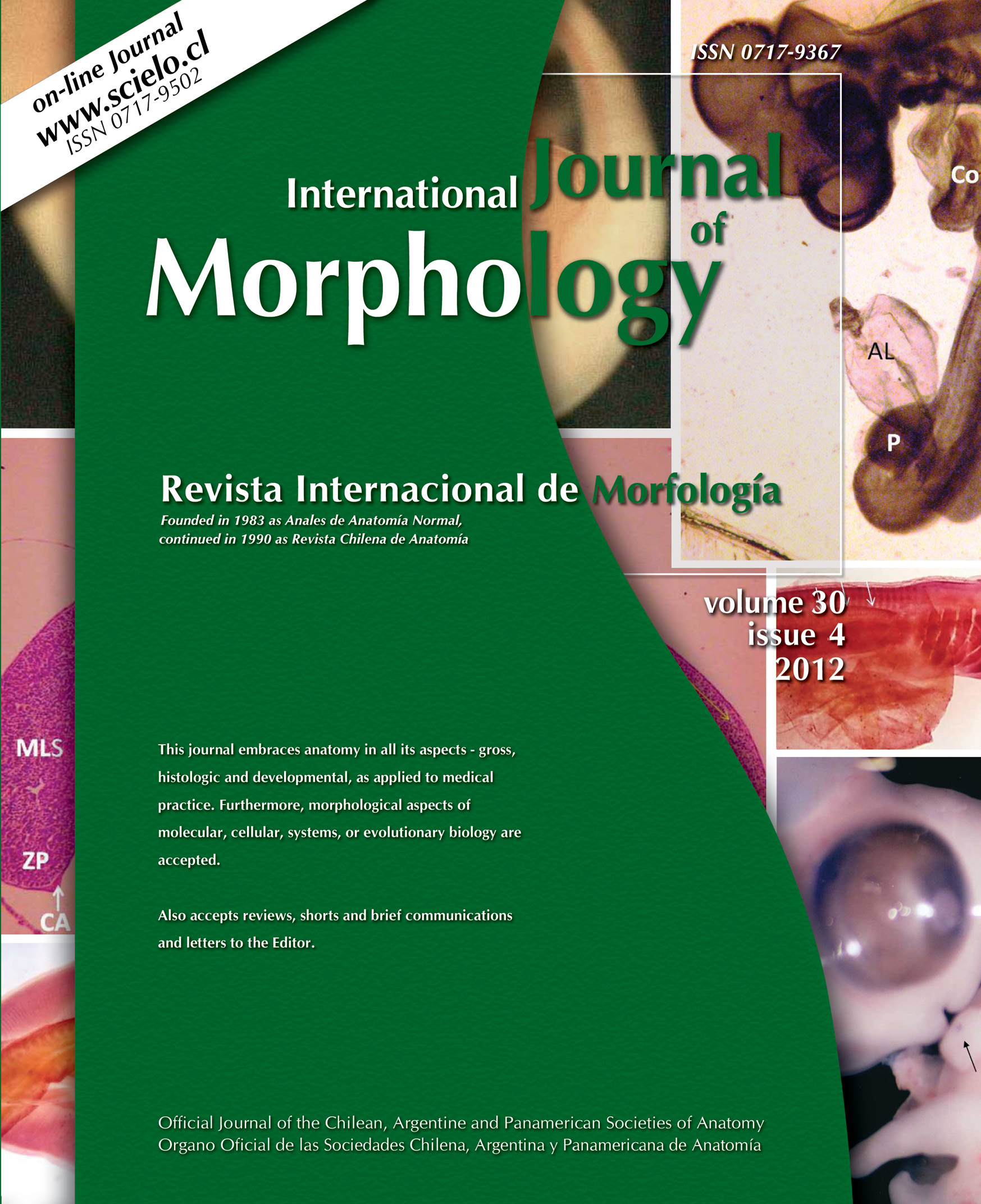Cephalofacial Differences Between Males 18 Years of Age and 20-30 Years of Age
DOI :
Agron M. Rexhepi & Behlul Brestovci
Summary
The human skull is comprised of many flat and irregular bones, divided into two groups: cranial and facial bones. The size, shape and growth of the human skull are the product of many interrelated internal and external factor interactions. The purpose of the present study was to explore the systematic differences in cephalofacial size and shape classification between two measured groups of different ages and different period of done measurements. Five cephalofacial variables and four cephalofacial indexes were measured on 795 entities of the Kosovo Albanian population in two different timelines; 401 male entities aged 20–30 years old were measured during the timeline 1997-1999, while 394 male entities aged 18 years old were measured during the timeline 2016-2018. The gained data were analyzed in terms of basic descriptive statistical parameters and the percentage of distribution of results. The most pronounced differences between the age groups of 18 year-olds and the age group of 20-30 year-olds, are mainly emphasized in the morphological height of the face, total facial index and transverse cephalic index. While in other dimensions, the distribution of results is very similar. Differences between groups can be justified by the age at which the growth of the cephalofacial bones ends and the influence of external factors such as nutritional and socio-economic factors.
KEY WORDS: Head length; Morphological face height; Cephalic indexes; Total face index.
How to cite this article
REXHEPI, A. M. & BRESTOVCI, B. Cephalofacial differences between males 18 years of age and 20-30 years of age. Int. J. Morphol., 39(4):989-993, 2021.




























